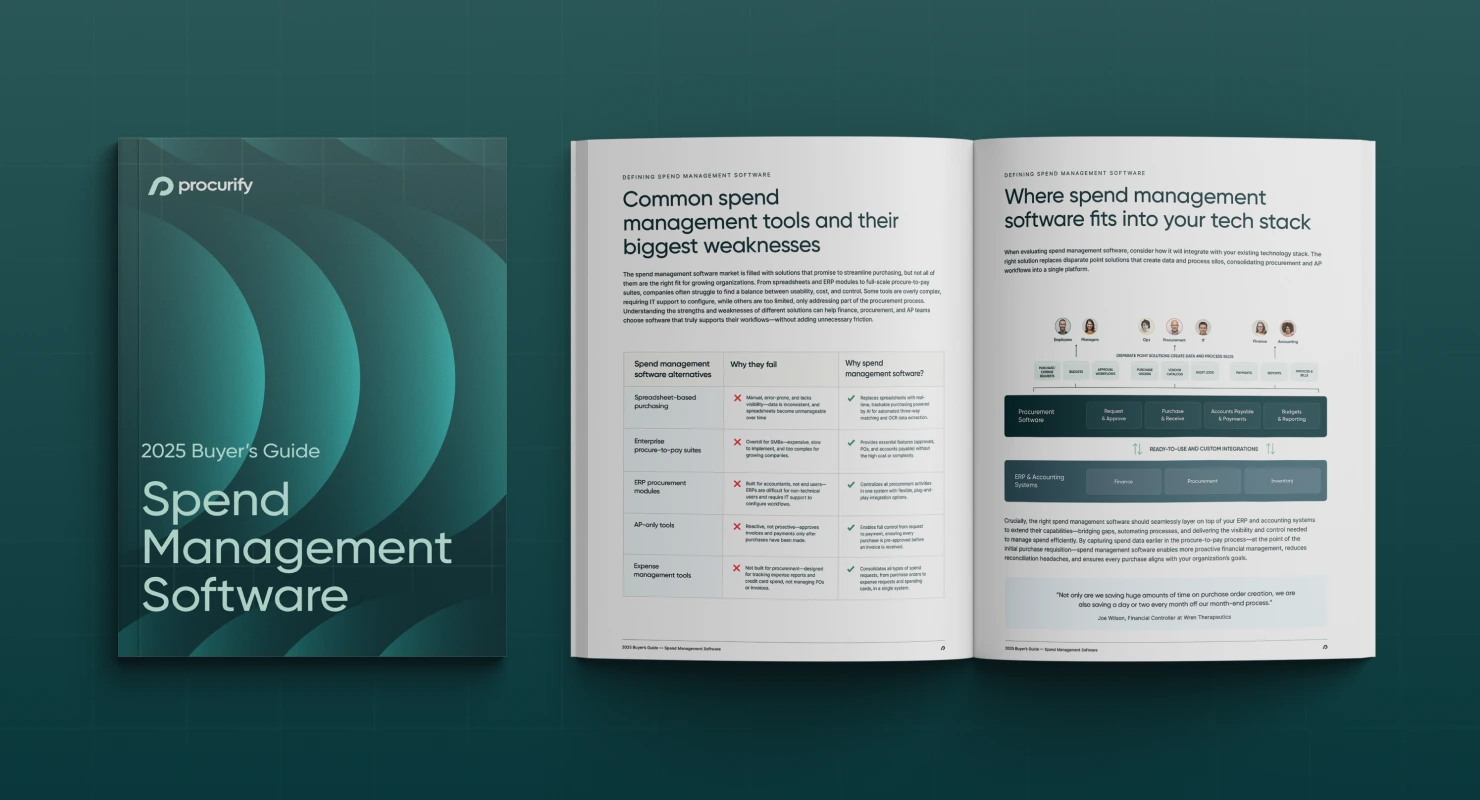Procurement: Blue Ocean Strategy
It sounds made up, doesn’t it? Profitability and growth in the same sentence. While companies achieving the “profitable growth paradox” are considered outliers, they are often right in front of your eyes. The concept relies on several key concepts; which include an uncontested market space, and growing beyond the existing demand.
So let’s evaluate some real world examples other than your daughter’s lemonade stand. In the technology world (an industry which idolizes growth first) Apple and Google are both great examples; and Netflix promises to do the same in 2017. The misconception is that this is difficult to do in other industries that are manufacturing a product, or a retail store – yet Dyson, Home Depot, and Cirque Du Soleil (yes, the circus) are all growing while remaining profitable. This is better known as the ‘The Blue Ocean Strategy,’ fittingly also the title of a book written by W. Chan Kim and Renee Mauborgne.
There is no denying that there is a secret ingredient at the heart of this phenomenon, vital for every company living inside of this paradoxical space. They’re all remarkably innovative. Having ventured into an untapped market before others caught wind, each of these companies were also bold while thinking long term. By doing so, they created their own demand that did not exist before they came along. This same definition can relate to a very long list of well known companies that have been founded in recent memory – yet, they’re not achieving the profitable growth paradox. Some are not profitable, but growing rapidly, others are profitable but put the brakes on growth.
While many companies strive to grow without being profitable at first (including some of our examples), most do fail to eventually get there. The outcome being that their growth eventually slows down, and they’re unable to expand into new markets or remain innovative as they yield dividends from investment. One of the core reasons being poor spend management. Achieving profitability and growth at the same time requires creative and smart decision making when it comes to a company’s expansion. Focusing on this sooner, rather than later – is the key.
By having controls in place to make operational decisions on which crazy idea to pursue allows an organization to set a clear big picture vision, but also find that happy median on the see-saw. Home Depot is the perfect example of this. The core concept of the company founded by Arthur Blank and Bernard Marcus still stands the same. To provide the prices found at a lumberyard (which at the time was generally inaccessible to the consumer) alongside the Home Depot classroom, where the average joe could learn how to renovate their home.
To be able to offer low prices meant that cost control and spend management was key. They knew that selling wood and hammers would just draw handymen and contractors found at the lumberyards. Alternatively, to create a newly formed marketplace, they made a big bet that the average consumer would want to tackle their home renovations themselves. Teaching consumers to do so meant investing in providing a free weekly workshop. The result was what made them quietly one of the most recognizable brands of the past half century. Not to mention, a fast growing organization, which remains profitable.
In the modern era, technology can help with this – so that you don’t have to be as savvy as Arthur Blank or Bernard Marcus to do so. Utilizing an e-procurement tool which enables decision making with your real time budgets in mind will keep you in budget, and assist in watching the bottom line. With this side of the business taken care of, you can then focus on innovation to fuel your organization.

2025 Spend Management Software Buyer’s Guide
Choose the spend management solution best suited to your organization’s needs with an overview of the 2025 software ecosystem, feature comparisons, and a free vendor capability evaluation checklist.
